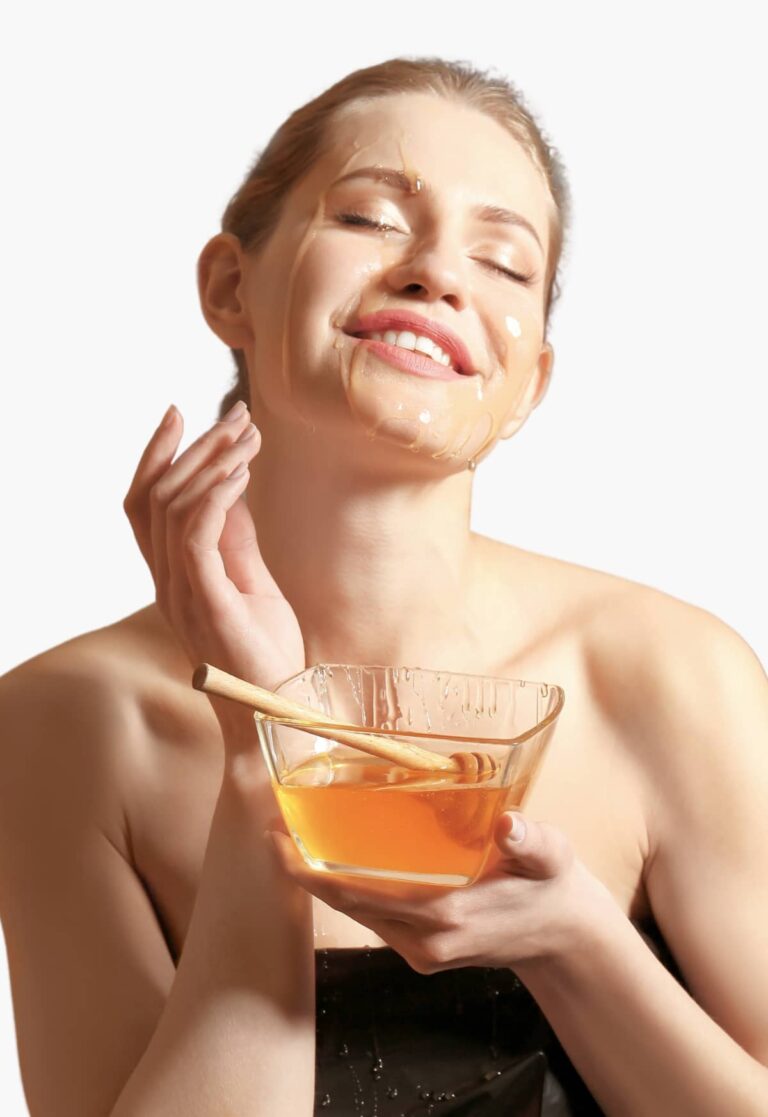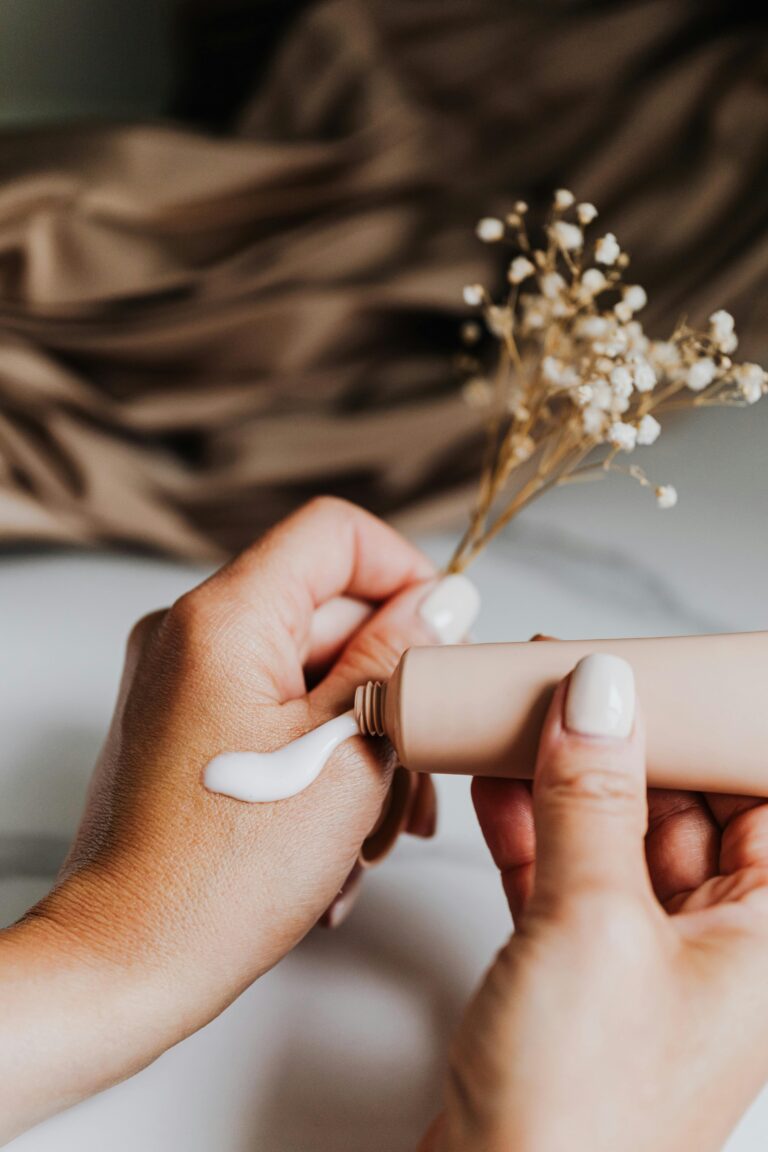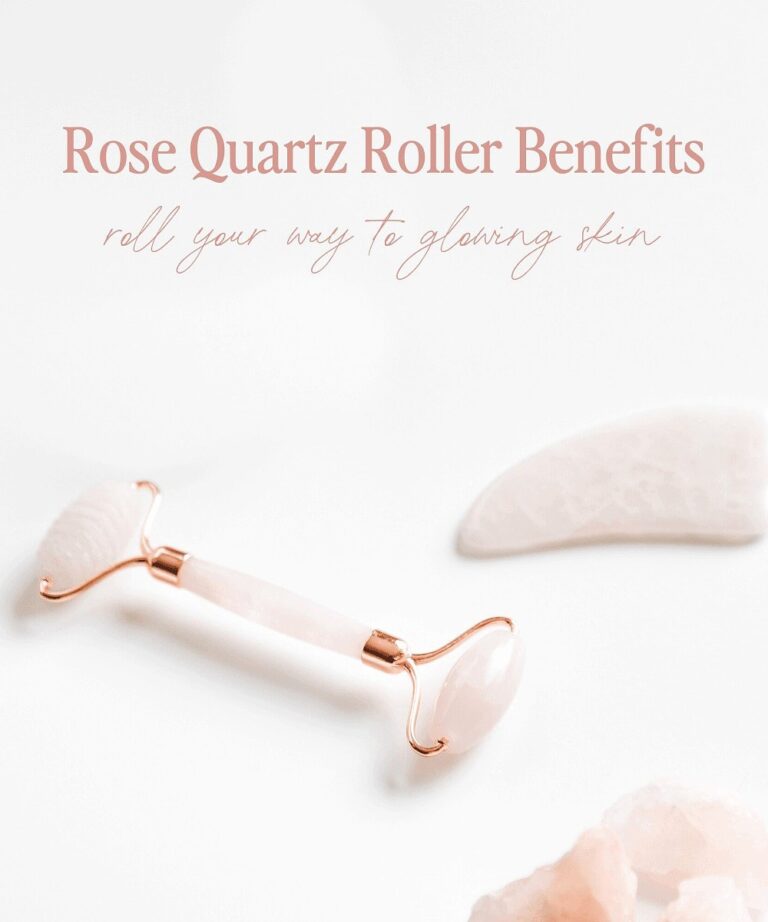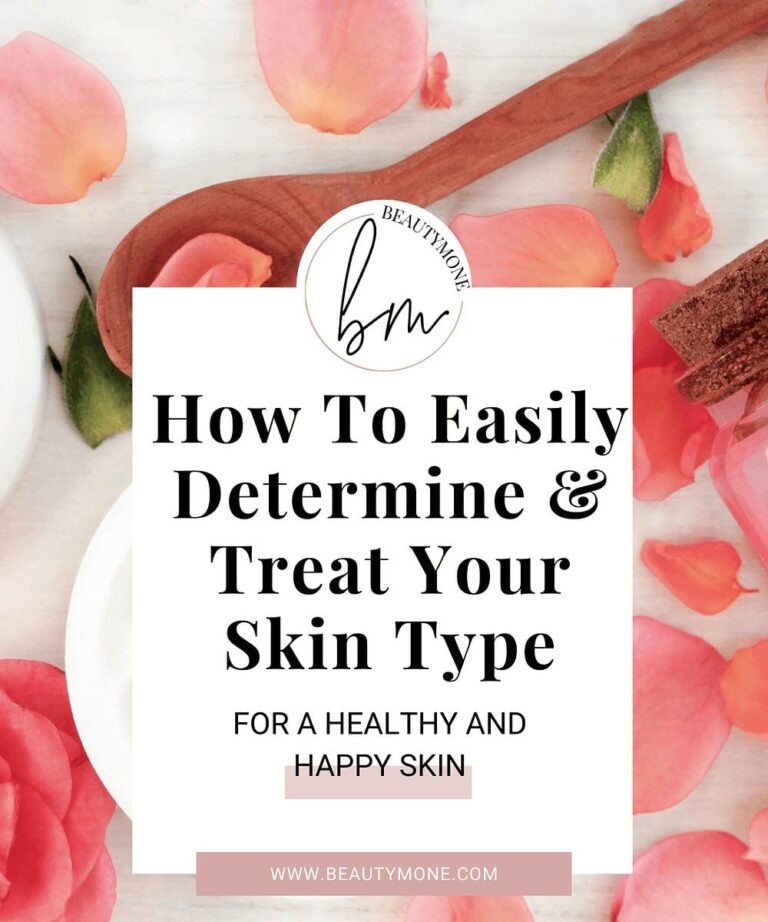How To Remove Dark Spots Caused By Pimples: Your Solution
Let’s face it: pimples can be a real pain in the neck, and they don’t stop there. They leave behind those pesky dark spots that seem to stick around forever.
But hey, don’t let them steal your shine! This article will guide you on how to remove dark spots caused by pimples.
We’ve all been there – one day, you’re feeling great, and the next, a pimple pops up out of nowhere, leaving an unwelcome reminder even after it’s gone.
So what can you do? Well, thankfully, there are some effective methods for dealing with these stubborn marks.
You’re not alone in this battle against blemishes. With the right know-how and products, getting rid of dark spots left by pimples is totally doable! Get ready as we dive into some skin-saving tips.
Understanding The Causes Of Dark Spots From Pimples
It’s a bummer, isn’t it? You’ve finally bid adieu to that pesky pimple, but lo and behold, it’s left you a parting gift – a dark spot. But don’t fret just yet!
Before we dive into ways to erase these unwanted souvenirs, let’s understand what they are and why they occur.
What Are Dark Spots from Pimples?
Dark spots from pimples, or post-inflammatory hyperpigmentation (PIH), are flat areas of discoloration that remain after an acne lesion has healed.
They’re like uninvited guests who refuse to leave long after the party is over. These spots can vary in color from pink to red, brown, or black, depending on your skin tone and the depth of the discoloration.
Contrary to what many people think, these aren’t scars. Scars are changes in texture, while PIH represents changes in skin color. Scars require tissue to be damaged or overgrown. Scars are difficult to remove fully, and while they may fade over time, they usually remain visible.

Factors Contributing To Dark Spot Formation
Now that we’ve identified our culprits as PIH and not scars per se – let’s take a peek at some factors contributing to their formation:
- Skin type: It’s noticed more commonly among individuals with darker skin tones due to increased melanin production.
- The severity of inflammation: The more severe the pimple or acne outbreak was, the greater the chance of developing PIH.
- Sun exposure: Sunlight triggers melanocytes (the cells responsible for pigmentation), leading them into overdrive and causing dark spots.
- Picking and squeezing pimples: We all know how tempting this can be, but resist! It only leads down one road: worsening inflammation, hence increasing chances for PIH.
By understanding these triggers better, we’ll be able to take proactive steps in preventing dark spots right where they start – giving us clearer skin that stays clear even after breakouts!
Different Types of Acne Scars and Dark Spots
Let’s dive right into the heart of the matter – those pesky acne scars and dark spots. They’re not all created equal, you know. There are actually different types to deal with.
Understanding The Types Of Scars
First off, let’s get acquainted with our unwanted guests – acne scars. You’ve got your ‘Ice Pick scars,’ which are small but deep, dug into the skin like a tiny ice pick (hence the name).
Then there are ‘Boxcar’ scars that have sharp edges and resemble chickenpox marks. Ever heard of ‘Rolling’ scars? These ones make your skin look uneven due to their wavy texture.
But wait, there’s more! The fourth type is called ‘Hypertrophic’ or ‘Keloid’ scar, which forms raised bumps on your skin due to excessive collagen production during the healing process.
And lastly, we have ‘Atrophic’ or ‘Depressed’ scar that leaves pits or craters in your skin as it heals from acne.
| Type | Description |
|---|---|
| Ice Pick | Small but deep holes |
| Boxcar | Rough edges resembling chickenpox marks |
| Rolling | Marks leaving pits or craters in the skin |
| Hypertrophic/Keloid | Raised bumps caused by excessive collagen during healing |
| Atrophic/Depressed | Marks leaving pits or craters in skin |
Differentiating Dark Spots And Acne Scars
Now that we’re pros at identifying acne scars, let’s turn our attention to their annoying cousins – dark spots. It might surprise you how easy it is to confuse these two blemishes!
Dark spots aren’t really scarring; they’re more like post-inflammatory hyperpigmentation (PIH), an overproduction of melanin after inflammation has occurred on your pretty face (think pimples!).
They tend not to be as deep-seated as actual acne scarring can be, and they usually fade over time without treatment (thank goodness!). However, for some folks, especially those with darker complexions, PIH can be stubbornly persistent!
When you’re looking at a mark left behind by a pimple, don’t jump straight to “acne scar”! It could just be a harmless little dark spot waiting for its time in the sun before fading away!
The Connection Between Pimples and Hyperpigmentation
When your skin breaks out, it triggers an inflammation response in your body. This is your body’s way of protecting itself, but unfortunately, sometimes this can lead to hyperpigmentation.
Hyperpigmentation is when parts of your skin darken due to excess melanin production. Melanin is what gives color to our hair, eyes, and, most importantly for us today – our skin.
So, how does this link back to acne? Well, during the healing process of acne or pimples, your body might produce too much melanin, leading to dark spots or patches on the skin where the acne was – hence creating that annoying post-pimple dark spot.
This whole cycle from pimple pop-up to disappearing act isn’t overnight, though—it can take weeks or even months depending on different factors such as individual healing speed and severity of inflammation.
People with skin of color are more prone to hyperpigmentation. Below is a very helpful video to watch about this:
How To Remove Dark Spots Caused By Pimples: The Best Home Remedies
Natural ingredients can be a godsend when it comes to skincare. They’re not only gentle on the skin but also packed with nutrients and antioxidants that aid in healing and rejuvenating the skin. Here are a few options you might want to consider:
- Turmeric: This golden spice isn’t just for cooking; it’s rich in curcumin, which has potent anti-inflammatory and antioxidant properties.
- Honey: Nature’s sweetener is also great at fading dark spots thanks to its antibacterial and anti-inflammatory properties.
- Green Tea: Green tea is filled with antioxidants that help heal damaged skin cells while reducing inflammation.
Remember, consistency is key when using these natural remedies. According to the American Academy of Dermatology Association (AAD), although dark spots caused by pimples will clear, it may take months.
The Role Of Lemon Juice In Spot Reduction
Lemon juice has long been hailed as a natural remedy for fading dark spots—and rightly so! It’s packed full of vitamin C, which promotes collagen production, while its citric acid content acts as a natural exfoliant, helping shed dead skin cells faster.
But here’s an important heads up: lemon juice can make your skin more sensitive to sunlight. So if you decide to use lemon juice on your face, always remember to wear sunscreen or save this treatment for bedtime.
How Aloe Vera Helps In Removing Pimple Marks
Aloe vera isn’t just for sunburns—it’s excellent at treating acne scars, too! This miracle plant contains two hormones, Auxin and Gibberellins, which provide wound healing and anti-inflammatory properties, respectively—making it perfect for dealing with pimple marks!
Just scoop out some fresh gel from an aloe leaf (or use store-bought pure aloe vera gel), apply it directly onto the affected area before bed, then rinse off in the morning.
Professional Treatments For Removing Acne-Induced Dark Spots
The world of skincare is vast and varied. You’ll find a plethora of treatment options available, from over-the-counter products to dermatologist-recommended procedures. But when it comes to those pesky acne marks, sometimes a more targeted approach is needed.
For starters, microdermabrasion can be your best friend. It’s a non-invasive procedure that gently exfoliates the top layer of your skin using tiny crystals or diamond-studded tips.
This helps stimulate collagen production, which in turn accelerates cell turnover and aids in fading dark spots.
Then there’s microneedling – don’t let the name scare you off! It involves puncturing the skin with very small needles to trigger your body’s wound-healing process, promoting new skin growth and reducing the appearance of scars over time.
And hey! Don’t forget about cryotherapy – this quick procedure uses freezing temperatures to destroy pigment cells, causing dark spots on your skin surface.
Effectiveness Of Laser Therapy In Dark Spot Removal
Now, onto something a bit more high-tech – laser therapy! Here’s how it works: concentrated beams of light energy target and break up melanin clusters under your skin (that’s what causes those darned dark spots!). And voila! Over time, these treated areas will gradually fade away!
Studies have shown laser treatments like Fraxel Dual Laser or PicoWay Resolve can provide significant improvements in reducing hyperpigmentation caused by acne scars.
These results aren’t overnight miracles, though – they typically take several sessions before you start seeing noticeable changes.
How Chemical Peels Aid In Fading Pimple Scars
Finally, we’re onto chemical peels – not as scary as they sound either! These peels work by applying an acid solution (like glycolic or salicylic acid) onto your face, which dissolves dead cells on the surface layer of the skin, revealing fresh, new layers beneath!
Different types offer varying levels of intensity:
- Light peels use mild acids like alpha-hydroxy acids.
- Medium peels often involve trichloroacetic or glycolic acid.
- Deep peels employ strong acids such as phenol.
Over time, repeated application helps diminish skin discoloration left behind by pimples while also improving overall skin texture!
Remember that these methods should always be carried out under professional supervision, and it’s always best practice to consult with a trusted board-certified dermatologist first.
Choosing The Right Skincare Products To Prevent Post-Acne Marks
Let’s dive right into why it’s essential to choose the correct skincare products when you’re dealing with post-acne dark spots.
You know that feeling of relief when a stubborn pimple finally clears up? But then, you’re left with a dark mark that seems just as stubborn. That’s where choosing effective skincare products comes in!
The right product can speed up your skin’s healing process and even prevent those pesky marks from forming in the first place.
It is essential to have a skincare routine in place, including regular cleansing, moisturizing, and gentle exfoliation to maintain healthy skin and prevent new breakouts, which can lead to more dark spots.
Ingredients To Look For In Anti-Dark Spot Products
So what makes these anti-dark spot treatments so special? It all boils down to their ingredients:
- Retinoids (such as Retinol): They boost cell turnover, meaning they help your skin shed its old cells (including those with dark spots) and replace them with new ones.
- Vitamin C: Besides reducing fine lines and wrinkles, this powerhouse antioxidant helps lighten hyperpigmentation by inhibiting an enzyme called tyrosinase, which contributes to melanin production.
- Niacinamide: Also known as vitamin B3, niacinamide reduces inflammation and lightens pigmentation associated with acne scars.
- Lactic Acid: Is great for exfoliating dead skin cells and brightening the skin to help fade away dark spots.
Preventing Future Dark Spots With Proper Skincare
Of course, prevention is better than cure! Here are some steps you can incorporate into your daily routine:
- Apply broad-spectrum sunscreen (SPF 30 or higher) every day: UV rays can darken existing spots and create new ones!
- Don’t pick at your pimples: Popping or picking at zits increases inflammation and the risk of scarring.
- Use gentle exfoliation: Regularly slough off dead skin cells without irritating your skin.
With these tips in mind – along with using well-chosen skincare products – you’ll be well-equipped to fight off future dark spots.
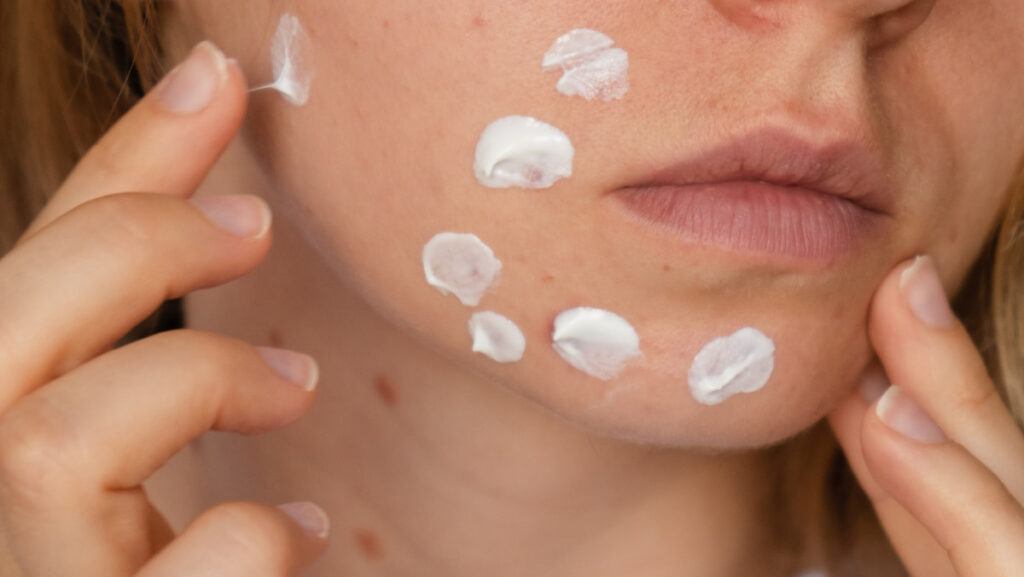
Lifestyle Changes To Minimize the Occurrence of Dark Spots
It’s amazing how much our lifestyle can impact our skin. By tweaking a few habits, you might be surprised at the positive changes in your complexion. Let’s dive into some key adjustments you can make right now.
Dietary Adjustments To Prevent Dark Spots
What we put inside our bodies has a direct effect on how we look on the outside. Certain foods are known to cause inflammation and may lead to acne breakouts, which eventually leave those annoying dark spots behind. Here are some dietary suggestions:
- Cut back on dairy: Several studies have linked dairy consumption with acne due to hormonal content.
- Load up on antioxidants: Foods rich in antioxidants like berries, kale, spinach, and nuts help combat free radicals that damage skin cells.
- Stay hydrated: Drinking enough water keeps your skin moisturized and helps flush out toxins.
Importance Of Regular Exercise In Skin Health
You’re probably thinking, “What does exercise have to do with my skin?” Well, quite a lot! Regular physical activity increases blood circulation, which delivers oxygen and nutrients to your skin cells more efficiently. This aids in cell regeneration – goodbye, old pimple marks!
Here’s what you should remember:
- Sweat it out but wash it off: Sweating is great for releasing toxins, but leaving sweat on your face might clog pores, causing more pimples.
- Don’t forget hydration: Drink plenty of water before, during, and after exercise for optimal hydration levels.
Manage & Reduce Stress: A Key Factor In Pimple Prevention
We’ve all been there – stressed out from work or school, leading us straight into an unwelcome breakout. It’s no secret that stress triggers acne formation; hence, managing stress levels is crucial for preventing pimples (and consequently dark spots).
Here are some tips:
- Try meditation or yoga: These practices have proven effective in reducing stress levels.
- Get enough sleep: Lack of sleep often leads to increased stress hormones, causing breakouts.
Conclusion: Key Takeaways On Removing Dark Spot Left By Pimples
Whew, we’ve covered a lot of ground together, haven’t we? Your journey to healthier skin doesn’t have to be a tough one. Here’s the rundown of what you need to remember about removing those pesky dark spots left by pimples:
Firstly, patience is your friend. It takes time for these spots to fade away. Don’t expect overnight miracles, but rest assured that with consistent and proper care, they will lighten over time.
You can take advantage of natural remedies like lemon juice or apple cider vinegar, which have lightening properties. But remember, always patch test before applying them on your face.
For stubborn spots that refuse to leave peacefully, there are plenty of over-the-counter products available, such as creams and serums containing ingredients like hydroquinone or retinoids proven effective against hyperpigmentation.
If you’re feeling lost in the sea of options, don’t hesitate to reach out for professional help! Dermatologists can offer treatments like chemical peels or laser therapy that might just do the trick for you!
In terms of prevention – because let’s face it, preventing is easier than treating – never forget the golden rule: don’t pop your pimples! This alone can save you from so many future dark spots.
Last but not least: sunscreen! Sun exposure can darken existing spots and create new ones. So keep yourself shielded from harmful UV rays all year round!


